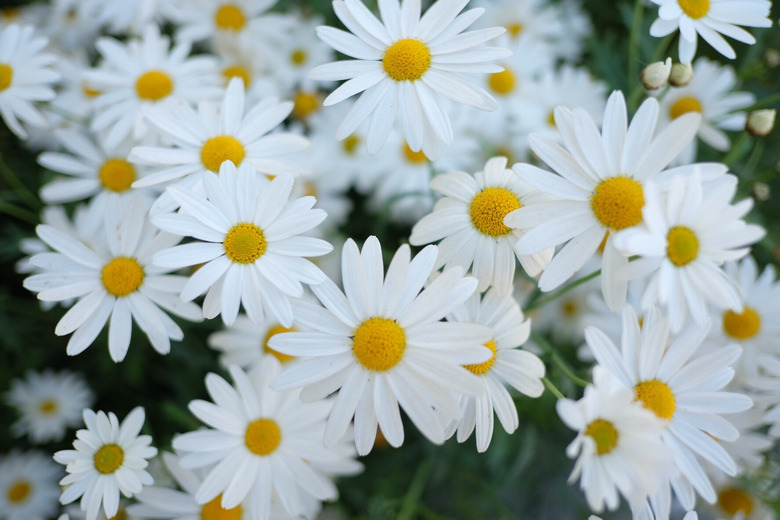How To Care For A Daisy Tree
We may receive a commission on purchases made from links.
Many nurseries market what they call a "daisy tree," but often, these are herbaceous, perennial daisy plants and are not trees at all. The true daisy tree is actually an evergreen tree with a nice, rounded form that reaches 15 feet high and 15 feet across.
Identifying a Daisy Tree
Identifying a Daisy Tree
The daisy tree's botanical name, which makes clear that it is "the" daisy tree, is Montanoa arborescens. It is also referred to as Montanoa leucantha var. arborescens and Eriocoma arborescens. It might be called "Mexican tree daisy" as well. Another plant sometimes referred to as a daisy tree is the Marguerite daisy (Argyranthemum frutescens), but this is not a tree and is in a completely different genus.
The daisy tree and all species in the Montanoa genus are native to the cloud forests of Central and South America, found at high elevations of 4,000 to 10,000 feet from Mexico to Peru, where there is a lot of moisture. Some species in the genus are shrubs or vines. M. arborescens, however, is a tree, although it may be multitrunked unless pruned to a single trunk.
The daisy tree is that rare, sought-after specimen that flowers in the fall and early winter. Its flowers, with their cherrylike fragrance, can last for several weeks. In temperatures colder than its ideal growing zones, it will die back in winter but may put on new growth in spring. It's considered fast-growing, adding approximately 2 feet annually.
Caring for a Daisy Tree
Caring for a Daisy Tree
A daisy tree is a warm-loving tree, growing best in USDA zones 9 to 10 (equating roughly to the Sunset zones of 16 to 17 and 20 to 24). Choose a full-sun location with humus-rich soil and good drainage. It is not fussy about pH, growing in soils that are slightly acidic to slightly alkaline.
Daisy trees are generally propagated via cuttings, so if you are planting one, you probably have a young sapling grown from a cutting. Dig a hole deep and wide enough to accommodate the root ball and situate the new tree in the hole so that it is at the same level it was in the pot. Backfill the hole, tamp down the soil to anchor the root ball in the hole, and then water well. Be sure to continue irrigating until the tree is well-established.
If your location experiences frost, the tree may die back. If this occurs, use a clean, sharp pruning tool to trim off the damaged growth and the tree may produce new growth. To maintain a tree shape with a single trunk, prune off lower branches as the plant regrows. Stake the center trunk to ensure that it grows straight.
